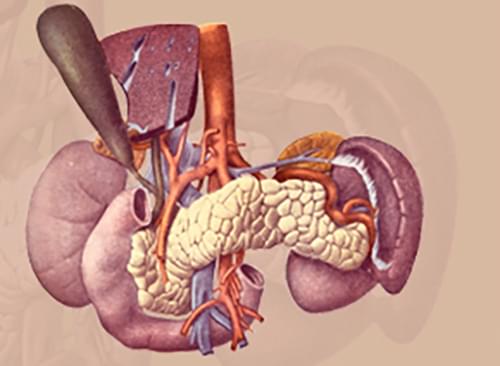Elon Musk’s brain chip company Neuralink appears to be gearing up to launch its first-ever human trials, with the firm now looking to recruit a director to run the tests.
According to The Guardian, the entrepreneur, who owns a variety of science-based start-ups, is preparing to take Neuralink’s brain chip research to the next stage by hiring a mission-driven Clinical Trial Director to begin human testing. The company is moving toward potentially finding a way to use the technology to treat people with brain and spinal injuries.








